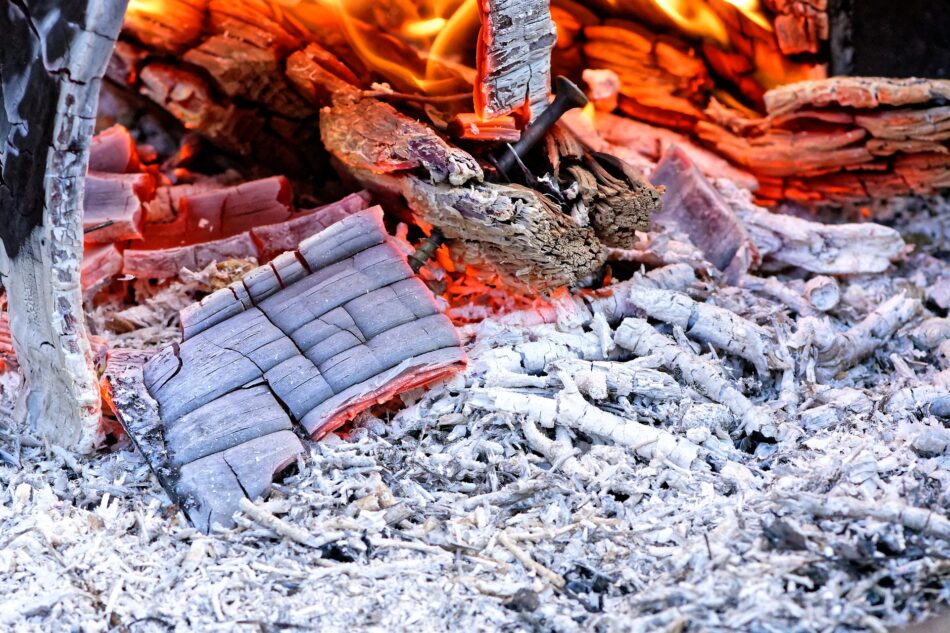How to Reduce Recycling Contamination
Contaminated recycling causes problems and means waste goes to landfill or is incinerated. Find out how to reduce recycling contamination in your business.

Burning coal and wood always leaves behind ash. Whether it’s in a log burner, incinerator, bonfire, or barbecue, you’ll need to dispose of ash left behind in a safe and effective way. Ash disposal can be straightforward or involve a few more complex steps, depending on its type.
Here we answer some common questions about ash waste from burning both coal and wood to help you store and dispose of it properly. Learn what to do with ash and everything you need to know about ash disposal below.
Ash tends to be made up of a mixture of chemical components, but it depends on whether it’s produced after burning coal or wood. The main element of ash is usually carbon. Some amounts of other chemical components make up the rest of the ash, such as:
Coal ash is not a type of hazardous waste. Instead, it usually classes as general waste. After the burning of wood though, this can create ash that may class as hazardous waste. It depends on the type of wood, as some wood ash can be thrown away with garden waste and used for composting.
Coal ash is the waste leftover at power plants from burning coal for fuel. It’s made up of lead, arsenic, mercury, and chromium – substances that are often dangerous to human health. Wood ash is a powder that remains after burning wood at a bonfire, fireplace, or industrial plant. It’s made up of calcium and other non-combustible elements.
A few key facts about ash are:
You can dispose of coal ash by putting it into your general waste bin and arranging collection by a licensed waste carrier. Alternatively, you can take some wood ash to a recycling centre that accepts garden waste, where it may be used for compost.
While most people just throw ash away, you can use the following eco-friendly methods to recycle and dispose of both coal and wood ash in an eco-friendlier manner:
The wastewater from coal ash ponds and landfill can seep into rivers, groundwater and streams. It’s packed with toxic pollutants like chromium (a carcinogen), arsenic (a cancer-causing element) and selenium (a chemical that can cause impaired vision and paralysis).
In the short term, exposure to coal ash can cause:
In the long-term, exposure to ash may cause:
Ashes from burned wood can be used to create soaps as they contain sufficient amounts of potassium to make lye – a vital element of soap.
Coal ash can be reused in several ways. For example, it can be used as a top layer for unpaved roads, as structural fill, or as an ingredient in concrete. The heat released from burning can also be used to convert water into steam. This can then be used to generate a turbine and produce electricity.
Find out more about other rubbish streams.
Get a fast FREE quote for your ash waste disposal
Contaminated recycling causes problems and means waste goes to landfill or is incinerated. Find out how to reduce recycling contamination in your business.
Many tourist hotspots look great in the photos but are sadly surrounded by rubbish and litter. Discover the 10 dirtiest hotspots in the world to avoid.